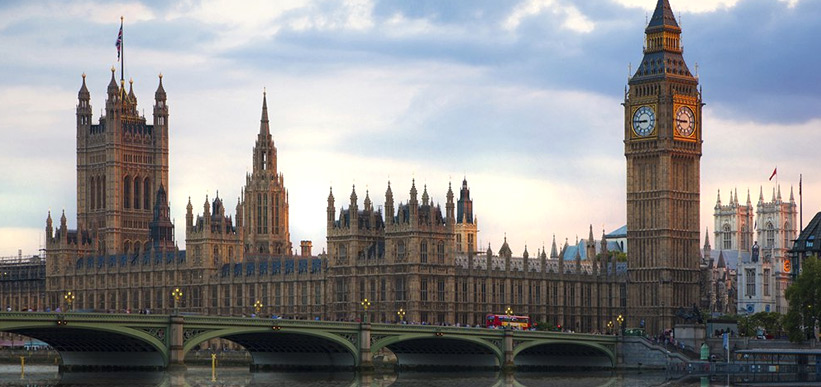In many of the European cities, you’ll find several buildings built in some elegant architectural styles. Even the European countryside have homes with a majestic architecture. All of these structures offer you a great visual treat when you’re getting around in such places.
What would really amaze you is the durability of the materials used in these buildings. It is owing to such durable materials that these structures stood the test of time. There are many architectural styles that continue to fascinate individuals even today. Here are a few of them:
Victorian Architecture
The term ‘Victorian Architecture’ is not an indication of a particular architectural style. It refers to the period of the reign of Queen Victoria from 1837 to 1901. This period can also be called the ‘Victorian Era’. It was customary during those times to give the prevailing architectural styles the name of their reigning monarch.
The Victorian architecture has its origins in England. It defines the architecture of its towns and cities to a great extent until this day. From England, it spread to many other parts of the world. You’ll find buildings constructed in this style in countries like the United States, New Zealand, and Australia.
Neoclassical Architecture
Characterized by simple geometry and symmetry, the Neoclassical Architecture was a product of the Neoclassical movement. It originated in the mid-18th century in France and Italy. Then, it went on to become one of the Western world’s most iconic architectural styles.
Its emergence can be linked to the development of archaeology. The sites of excavation in Herculaneum and Pompeii revealed structures with charming architectural styles. They inspired architects to come up with interpretations of their own.
Tudor Architecture
Homes built during the Tudor period beginning in 1485 combined Renaissance and Gothic design elements. This transitional style then found favor throughout England and later came to be known as the ‘Tudor Architecture’. It went into a decline in the following century, but saw a revival in America during the late 19th century.
The homes built using this style of architecture use timber in its detailing. The long decorative wooden beams are placed vertically, creating an exterior that is two-toned. The Tudor style of architecture was popular in the United States until the mid-20th century.
Baroque Architecture
In the early 17th century, this architectural style impressed people in Italy and then gradually spread across Europe. The Baroque architecture is greatly decorative and theatrical, creating a tremendous visual appeal. It was originally introduced in the Catholic church. The Baroque style of architecture reached its zenith of glory during the 17th century.
During this period, it was used in palaces and churches of Italy, France, Spain, Austria, and Portugal. It reached Russia and the Portuguese and Spanish colonies in Latin America during the period between 1675 and 1750.
Beaux-Arts Architecture
This was an architectural style taught in Paris at one of the influential French art schools, Ecole des Beaux-Arts. It was taught from the 1830s until the end of the century. Beaux-Arts architecture was based mainly on French neoclassicism. It used modern materials like iron and glass and also included Renaissance and Gothic elements.
Many of America’s prominent architects who had studied at Ecole des Beaux-Arts used this architectural style while designing buildings. Daniel Burnham, Henry Hobson Richardson, and Louis Sullivan were some of the famous names among them.

